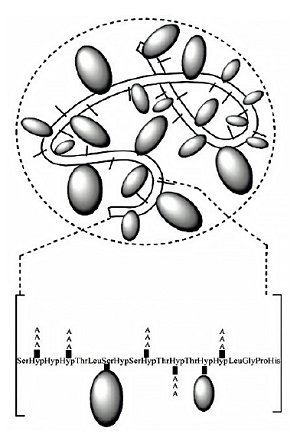Arabic gum is one kind of natural plant gum derived from Acacia sengal (L.) Willdenow and other related tree species, characterized by its highly branched structure and complex composition. Arabic gum possesses excellent water solubility, thickening property, emulsifying ability, and stability properties, as well as safe, non-toxic nature, good biocompatibility, and biodegradability. Moreover, both its physicochemical properties and functional performance can be further improved by conducting physical, chemical, enzymatic treatments and blending/composite processing with the active functional groups, such as hydroxyl groups and glycosidic bonds, in the arabic gum molecular structure. As a result, arabic gum, its modified products and composites have been widely used in various industries, including daily-use chemical industry, food processing industry, pharmaceutical industry, textile industry, printing and dyeing industry, ink industry, and functional materials manufacturing industry. In this paper, the name, source, chemical structure, main physicochemical properties and functional characteristics of arabic gum are briefly introduced. Its extraction methods and reprocessing techniques are also systematically presented. Furthermore, the application status of arabic gum and its modified products, its composites, as well as the main issues currently faced by them are together summarized. Meanwhile, some future research and development directions and prospects of arabic gum are properly pointed out.



